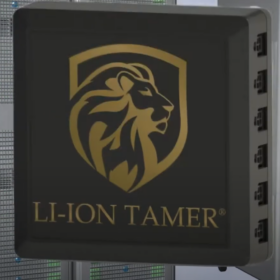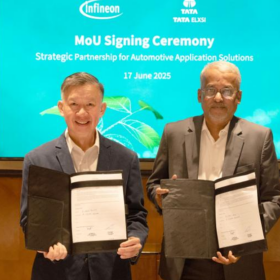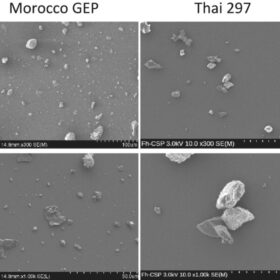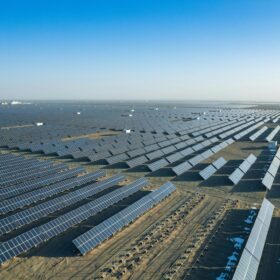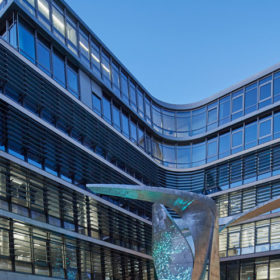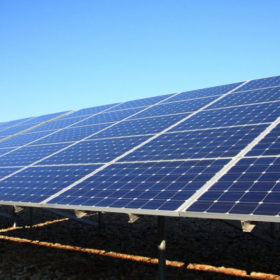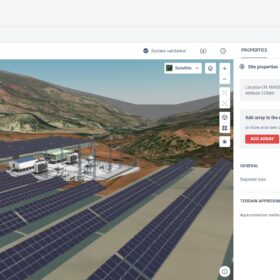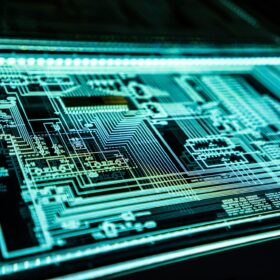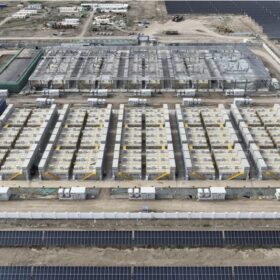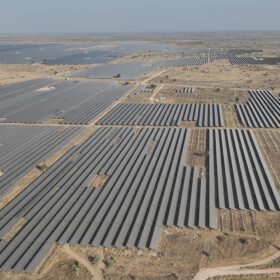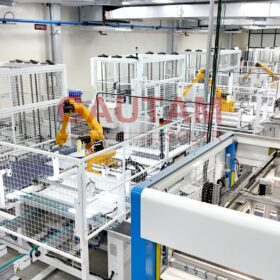Honeywell adds Li-ion Tamer for battery fire safety in buildings
Honeywell has acquired the Li-ion Tamer business from Nexceris, a leader in off-gas detection technology for lithium-ion batteries. Li-ion Tamer’s early warning technology detects battery off-gassing, which typically precedes thermal runaway, providing facilities with vital time to intervene before a battery fire starts.
Tata Elxsi, Infineon partner to develop ready-to-deploy EV solutions
The partnership focuses on developing scalable battery management systems, bi-directional onboard chargers and other EV systems for two-wheelers, three-wheelers, passenger vehicles, and commercial vehicles in the Indian market.
Different dust, different impact on PV module performance
Scientists in Germany have collected dust from Qatar, Morocco and Thailand to analyze the impact on the performance of uncoated solar glass and uncoated PV mini-modules. Their analysis has shown that dust coverage could range from 4% to 60%.
Understanding P50, P90, and P99 in solar energy
In the solar energy sector, P50, P90, and P99 represent the probability that a project will generate at least a certain amount of electricity in a given year. This article explains what these probabilities mean, why they are important, how they are calculated, and how to use them.
Automation and AI in driving evolution in solar operations
The solar energy industry is capitalising on the integration of automation and AI. These technologies play an integral role in transforming solar operations from reactive and manual processes into intelligent, predictive and highly efficient systems.
The missing link in India’s energy transition
While generation capacity from renewables has grown steadily, and commendable strides have been made to reduce the cost of solar PV cells for example, our ability to store, intelligently manage and distribute that energy still remains a massive challenge. This gap isn’t just a technical bottleneck, but also a strategic vulnerability that requires much attention across the entire renewable energy value chain.
Siemens Ltd new orders up 44% yoy in Jan-Feb-March quarter
Siemens Ltd has secured new orders worth INR 5,305 crore in the quarter ended March 31, 2025, 44% up year-on-year. Revenue for the quarter increased 2.6% to INR 4,259 crore.
How AI is optimizing solar plant efficiency
Artificial intelligence (AI) is changing the world of solar energy as it allows plants to monitor, learn and adapt in real time. Given enormous data collected from several sensors, smart meters, drones, and even weather stations, AI systems utilize machine machine learning algorithms to optimize performance, predict problems and even detect patterns.
Harnessing Big Data and advanced modelling to optimise solar PV systems
Marcel Suri, Chief Executive Officer of Solargis, speaks to pv magazine about the factors influencing the performance of PV plants globally and in India, and how historical datasets, coupled with advancements in computing power and data analytics, help optimise PV system design for better risk management.
Securing the sun: How PV industry can thwart cybercriminals
Australia’s rapidly growing solar PV industry faces mounting cyber risks that no operator can afford to ignore. PV systems rely on intricate supply chains, incorporating hardware and software from multiple vendors. Each link in this chain – be it a component manufacturer, a software provider, or a maintenance contractor – can introduce potential entry points for cyberattacks.
